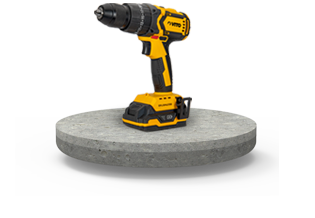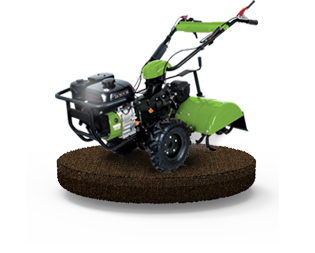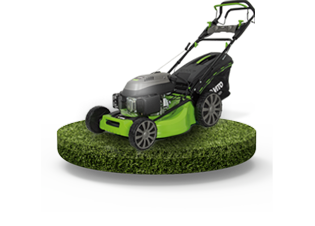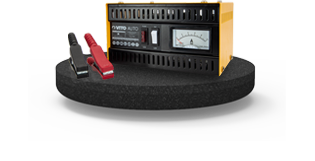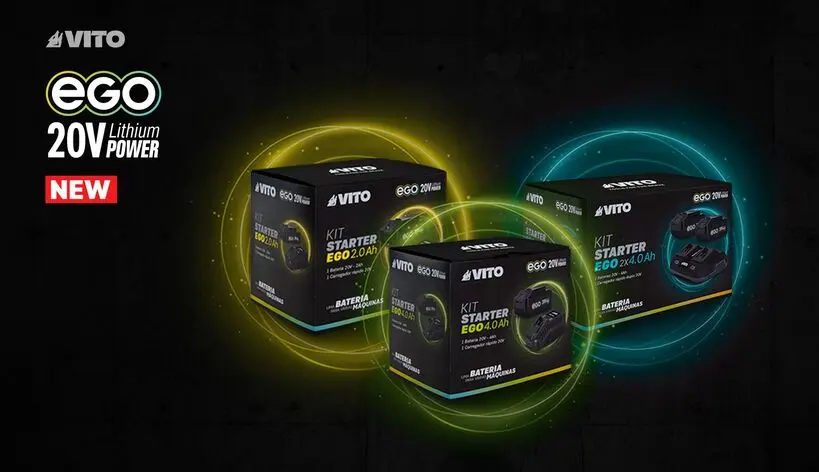
Everything You Need to Know to Start Painting
Do you want to give your walls a new lease of life, renovate an old piece of furniture or even paint a garden fence? The good news is that with VITO's tools, you do not need to be a professional to get the best results.
Discover all the essential tips for starting your painting projects.
1. Surface preparation
Before you even open a can of paint, there is one step that cannot be avoided: preparing the surface.
- Thoroughly clean the area you intend to paint, as dust, grease or humidity can jeopardise the result.
- Protect all skirting boards, switches, furniture and floors with painter's tape and plastic.
2. Choosing the right tools
Since there are different types of paint and surfaces, you should choose tools that suit your needs:
For small jobs and touch-ups: VITO’s 600W Paint Sprayer is ideal for painting doors, furniture or even decorative objects. Lightweight, easy to handle and ready to use, it is perfect for quick and precise projects.
For larger areas and more uniform finishes: VITO’s 850W Airless Paint Sprayer ensures faster and more even coverage of both indoor and outdoor surfaces.
For more demanding tasks: VITO’s Gravity Feed Spray Gun, alongside VITO’s 50-Litre Silent Oil-Free Air Compressor, allow you to carry out long projects with total control of the paint flow. They are therefore particularly suitable for more frequent and demanding projects.
3. Achieving a Perfect Finish
During the painting process there are a few recommendations that make all the difference:
- Regulate the pressure and jet pattern according to the type of paint and the surface. A narrower jet is ideal for corners and details; a wider one covers larger areas.
- Overlap each passage to avoid gaps. A simple trick is to cover about 50 per cent of the previous strip.
- Do not paint in a hurry. Maintain a constant rhythm to guarantee the uniformity of the project.
- Pay attention to the viscosity of the paint. Some paints need to be diluted, so it is important to always consult the manufacturer's instructions and carry out tests before you start.
4. Ensuring Safety and Maintenance
Decent work depends not only on technique, but also on safety and equipment maintenance.
- Ventilation is essential. Make sure there are ventilation points, as this reduces the inhalation of vapours and speeds up the drying process.
- Wear protective equipment such as a mask with a vapour filter, goggles, and gloves.
- Clean the equipment after use, so there is no risk of paint clogging valves and nozzles.
- Store your tools in a dry and protected place, away from moisture or dust, to ensure they are always ready for the next project.
With these tips and VITO's equipment, you are ready to start carrying out your painting jobs with confidence and quality.

